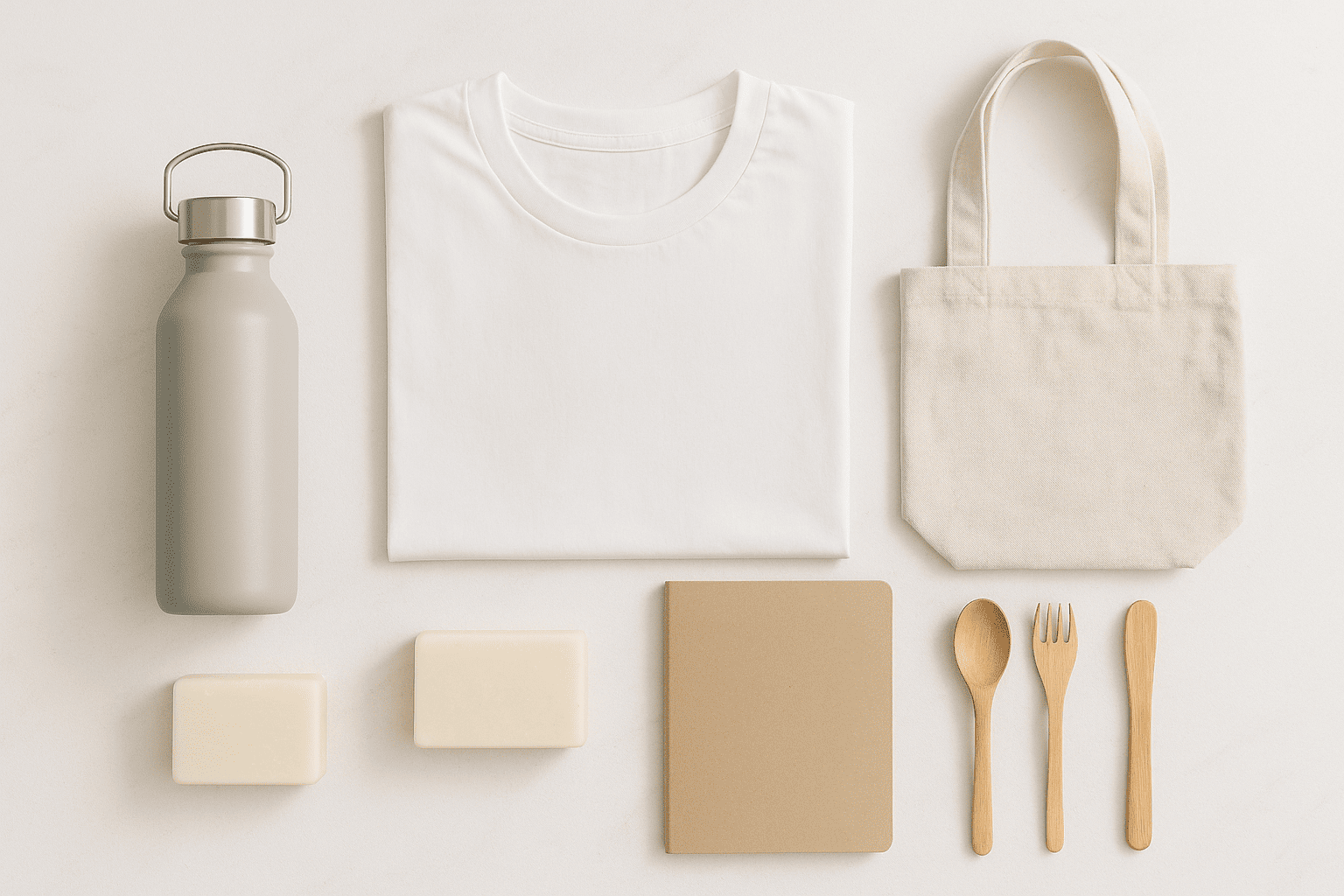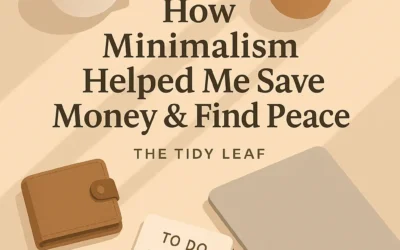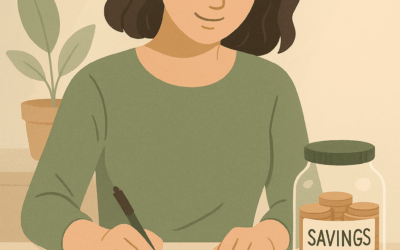When I first began my minimalist journey, I had no idea how much stuff I was buying that I didn’t actually need. As I started simplifying my life, I realized I wasn’t just decluttering my home—I was also decluttering my spending habits.
In this post, I’m sharing what I stopped buying as a minimalist and how those changes helped me save money, reduce stress, and embrace intentional living.
1. Trendy Clothes and Fast Fashion
One of the first things I gave up was shopping for new clothes every season. I used to buy clothes to keep up with trends, even if I didn’t love or need them. Now, I focus on timeless, versatile pieces that last longer. Fewer clothes mean less clutter and more clarity when getting dressed.
💡 Tip: Build a capsule wardrobe with high-quality basics you love.
2. Home Decor “Just Because”
I used to buy candles, signs, and throw pillows on impulse—especially during sales. While decorating is fun, I realized most of these items added clutter, not comfort. Now, I only buy decor when it serves a purpose or sparks joy.
3. Backup Toiletries and Makeup
My drawers were filled with extra shampoo bottles and barely used makeup products. These “just in case” purchases were unnecessary and often went unused. I now wait until I’m almost out before restocking.
4. Paper Products and Single-Use Items
As part of simplifying, I also shifted to reusable alternatives. I stopped buying paper towels, plastic utensils, and bottled water. Instead, I use cloth rags, real cutlery, and a refillable water bottle—saving money and the environment.
5. Subscription Boxes and Trial Offers
It’s easy to get caught up in monthly subscription services—makeup boxes, meal kits, digital tools. While they seem convenient, they often go unused. I canceled most of mine and only keep subscriptions I actively use.
6. Seasonal Decor for Every Holiday
I used to have bins of decorations for each holiday. Now, I keep a few versatile items and skip the rest. This saves storage space, time, and money.
7. Souvenirs and Trinkets
Traveling used to mean coming home with magnets, mugs, and knickknacks. Today, I value memories over mementos. I take photos, journal about my experiences, and bring back only something truly meaningful (if anything at all).
8. Bargain “Deals” I Didn’t Need
Sales used to be my weakness. I’d buy something just because it was 50% off—even if I didn’t need it. Minimalism taught me that a deal isn’t a deal if you didn’t plan to buy it.
How Minimalism Changed My Spending
Learning what I stopped buying as a minimalist was eye-opening. I realized that most of my purchases came from habit, marketing influence, or emotional impulse. Now, every purchase is intentional.
The result?
- More money saved each month
- A home filled only with items I love and use
- Less decision fatigue and clutter
- More time and energy for what matters most
Final Thoughts
Minimalism isn’t about deprivation—it’s about creating space for the things that truly matter. By being mindful of what I bring into my life, I’ve gained freedom I didn’t know I was missing.
If you’re curious about starting your own minimalist journey, begin by asking yourself this:
“Do I need this, or am I trying to fill a void?”
Chances are, you’ll discover your own list of things to stop buying—and a new sense of peace.
Bonus: Download Your Minimalist Decluttering Checklist
Want a simple guide to get started with decluttering and mindful spending?
👉 Download the free checklist here





0 Comments